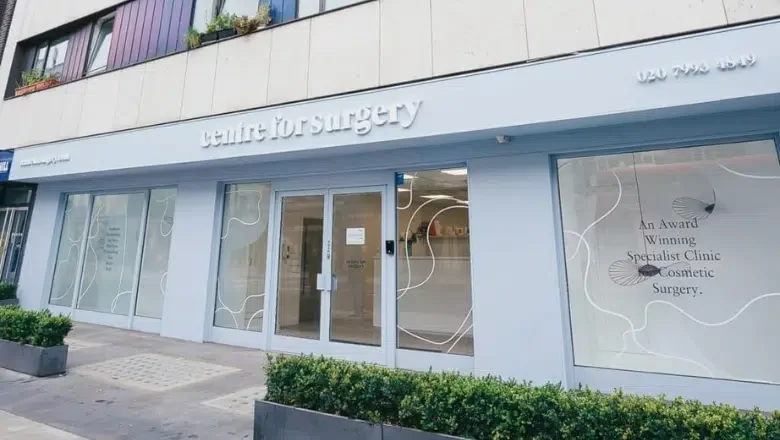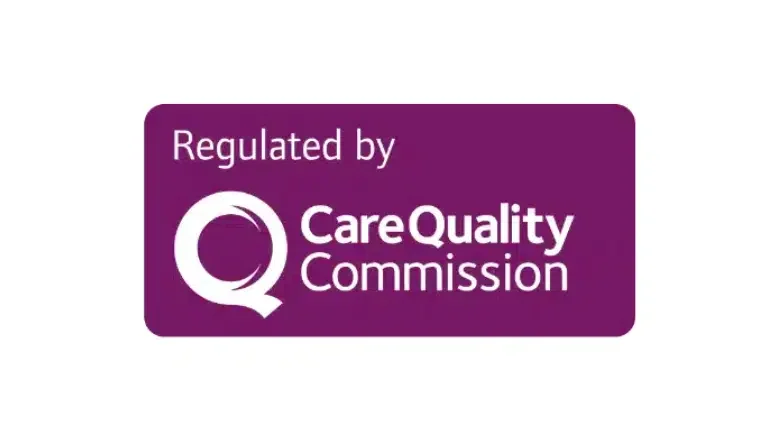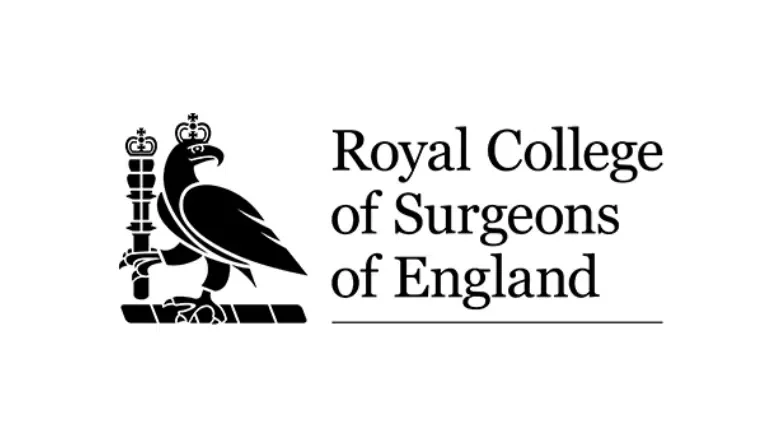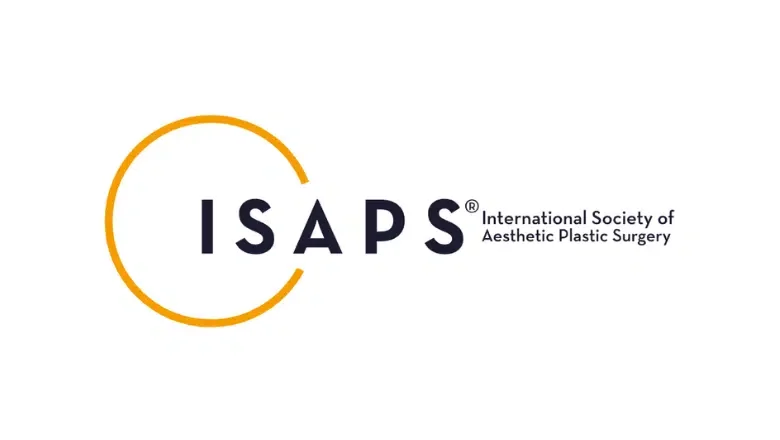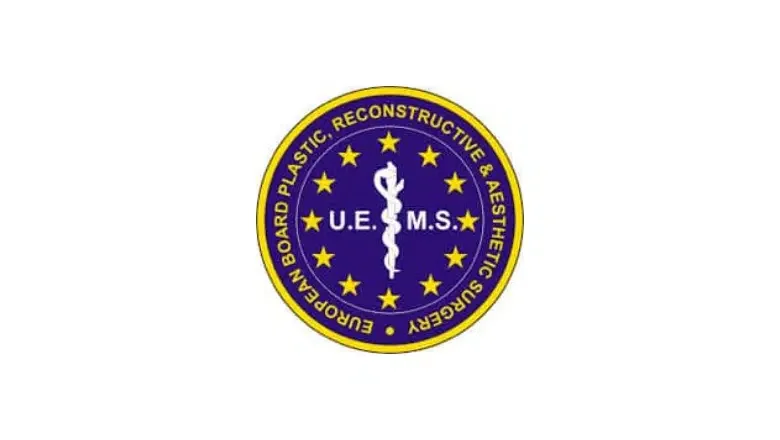Facelift surgery is a highly effective procedure designed to restore a youthful appearance by tightening the skin and underlying tissues of the face. It can significantly improve sagging skin, deep wrinkles, and loss of facial volume, helping individuals achieve a refreshed and more youthful look. However, like any surgical procedure, a facelift carries potential risks and complications that should be carefully considered before making a decision.
At Centre for Surgery, patient safety and satisfaction are our top priorities. In this guide, we will take an in-depth look at some of the most common complications associated with facelift surgery and provide expert advice on how to minimise risks and manage any unexpected challenges. By understanding these potential issues, you can feel more prepared and confident as you embark on your facelift journey.
RELATED: 6 Questions To Ask Before Getting A Facelift
Common Complications After Facelift Surgery and How to Manage Them
As with any surgical procedure, a facelift comes with potential risks. Understanding these complications and how to minimise them can help ensure a smoother recovery and better overall results.
Haematoma
Haematoma is one of the most frequently encountered complications following a facelift. It occurs when blood collects under the skin, leading to swelling, bruising, and discomfort. This condition typically develops within the first 24 hours after surgery and, if severe, may require drainage to prevent further complications.
Certain factors can increase the likelihood of developing a haematoma. Patients with high blood pressure are at greater risk due to the increased likelihood of excessive bleeding. Gender also plays a role, as men tend to have a higher risk than women, largely due to differences in skin thickness and blood supply. The use of blood-thinning medications, such as aspirin and non-steroidal anti-inflammatory drugs (NSAIDs), has been shown to significantly raise the risk of bleeding and haematoma formation. Smoking is another contributing factor, as it affects circulation and the body’s ability to heal properly.
To minimise the risk of haematoma, anaesthetists often implement strict blood pressure control before, during, and after the procedure using total intravenous anaesthesia. Drains may be used to prevent blood from accumulating under the skin, allowing for a smoother recovery process. Patients are usually advised to discontinue medications that increase bleeding risk before surgery and to avoid smoking for several weeks both before and after the procedure.
Infection
Infection is a relatively rare complication following facelift surgery, but when it occurs, it can significantly impact the healing process. Most post-surgical infections are caused by bacteria such as Staphylococcus, including methicillin-resistant Staphylococcus aureus (MRSA). Symptoms of infection may include redness, warmth, increased pain, pus drainage, or fever.
To prevent infection, surgeons follow strict sterile techniques throughout the procedure. Patients are often given intravenous antibiotics before and after surgery to lower the risk of bacterial contamination. The surgical field may also be irrigated with an antibiotic solution to further reduce the likelihood of infection. Post-operative antibiotics are commonly prescribed as an additional precaution.
Patients can further minimise the risk of infection by carefully following post-operative care instructions. Keeping the incision sites clean, avoiding unnecessary touching of the wounds, and monitoring for any signs of infection are essential for a smooth recovery. If any concerning symptoms arise, prompt medical attention is necessary to prevent the infection from worsening.
Nerve Injury
Although rare, nerve injury is a potential complication of facelift surgery. The facial nerve, which controls movement and sensation in the face, can be affected during the procedure. The severity and location of the injury determine the symptoms experienced by the patient. These may include facial numbness, weakness in certain muscle groups, difficulty closing the eyes, an asymmetrical smile, or drooping at the corners of the mouth.
In most cases, nerve injuries are temporary, and function returns as healing progresses. However, in rare instances, nerve damage may be permanent. Patients experiencing prolonged weakness or changes in facial movement may require additional treatments such as neuromodulator injections, physical therapy, or, in extreme cases, specialised surgery to restore function.
The best way to reduce the risk of nerve damage is to choose an experienced and highly skilled plastic surgeon. Precise surgical techniques and a deep understanding of facial anatomy are crucial in minimising trauma to the delicate nerves of the face.
Skin Necrosis
Skin necrosis is an uncommon but serious complication of facelift surgery. It occurs when the blood supply to the skin is compromised, leading to tissue death. In severe cases, this can result in prolonged healing and scarring. Smoking is the most significant risk factor, as it directly affects circulation and reduces the skin’s ability to receive adequate oxygen. Patients who smoke are significantly more likely to experience skin necrosis after a facelift compared to non-smokers.
Other factors that contribute to skin necrosis include overly thin skin flaps, excessive tension on the skin, undrained haematomas, and overly aggressive undermining of the skin beyond the nasolabial folds. These factors can all reduce the blood supply to the affected area, increasing the risk of tissue damage.
Reducing the risk of skin necrosis starts with proper patient preparation. Patients should stop smoking at least four weeks before and after surgery to allow the skin to heal optimally. During the procedure, surgeons often use specialised techniques to preserve blood supply to the skin flaps and avoid excessive tension, ensuring a more natural and successful result.
Preventing Complications During Facelift Surgery
Achieving optimal results requires careful planning and surgical precision. A skilled plastic surgeon will take several measures to minimise complications, ensuring both safety and long-term satisfaction. Understanding these preventative strategies can help patients feel more confident about their decision to undergo surgery.
Selecting the Right Candidates for a Safe Facelift
One of the most crucial steps in preventing complications is ensuring that the patient is a suitable candidate for facelift surgery. A thorough pre-operative assessment allows the surgeon to identify any potential risk factors that may impact the outcome.
Age alone is not a determining factor when it comes to facelift eligibility. While many patients are over the age of 40, and some are well into their 60s or beyond, what truly matters is overall health rather than chronological age. With proper screening and medical optimisation, even older patients can safely undergo facelift surgery with relatively low risk.
Underlying medical conditions can increase the likelihood of complications. Patients with poorly controlled diabetes, high blood pressure, or disorders that affect blood clotting are at a higher risk of experiencing post-operative issues such as delayed wound healing or excessive bleeding. Managing these conditions before surgery can significantly reduce potential complications.
Certain medications and supplements must be carefully reviewed before surgery. Blood-thinning medications, including aspirin and non-steroidal anti-inflammatory drugs (NSAIDs), can elevate the risk of haematoma formation. Many herbal supplements also have blood-thinning effects. Surgeons typically advise discontinuing these medications at least two weeks before surgery to lower the risk of excessive bleeding during and after the procedure.
Smoking is a major risk factor for poor wound healing and skin necrosis. The chemicals in cigarettes constrict blood vessels, reducing oxygen supply to the skin and increasing the likelihood of complications. To minimise these risks, patients are strongly encouraged to quit smoking well before their facelift procedure and to avoid it for several weeks afterward.
Weight stability is another important consideration. Patients who have a history of frequent weight fluctuations may find that their facelift results do not last as long as they would like. Significant weight loss or gain after surgery can affect the tightness and positioning of the skin, potentially diminishing the long-term effects of the procedure. Maintaining a stable weight before and after surgery helps ensure lasting results.
Surgical Techniques to Reduce Complication Risks
The choice of surgical technique plays a critical role in determining the success of a facelift. Advanced surgical methods can significantly reduce the likelihood of complications while enhancing the overall aesthetic outcome.
The deep-plane facelift technique has been shown to lower the risk of skin necrosis compared to more traditional facelift methods. By repositioning deeper facial structures rather than simply pulling the skin, this approach improves blood flow to the overlying skin while achieving a more natural and long-lasting result.
The extent of skin flap dissection also impacts healing. More limited skin flap dissection can decrease the risk of wound healing complications. However, for patients with prominent nasolabial folds or significant skin laxity, a more extensive undermining of the skin may be necessary. In these cases, the surgeon must take additional precautions to maintain adequate blood supply and reduce the risk of skin necrosis.
Proper tension management during the closure of incisions is essential for minimising scarring and preventing complications. If excessive tension is placed on the skin, it can lead to hypertrophic scars or, in severe cases, skin necrosis. The incision closure, particularly around the ears, should be carefully performed to ensure there is no unnecessary strain on the skin. By distributing tension appropriately and securing deeper tissue layers, surgeons can promote optimal healing while preserving a natural-looking result.
Controlling blood pressure throughout the surgical process is another key strategy for reducing complications. Elevated blood pressure increases the risk of post-operative bleeding and haematoma formation, especially in male patients who naturally have a greater tendency for bruising and blood accumulation under the skin. Strict perioperative blood pressure control, achieved through medication and careful monitoring, significantly decreases the likelihood of these issues.
Frequently Asked Questions About Facelift Complications
What are the signs of a facelift that hasn’t been performed well?
A poorly executed facelift can result in an unnatural or imbalanced appearance. If the skin is pulled excessively upwards, it can cause bunching around the lower eyelids and may make the area between the eyelids appear smaller. On the other hand, if the skin is pulled too far sideways, it can create a ‘wind-swept’ effect, distorting the natural shape of the mouth and giving an artificial look. A successful facelift should enhance facial features subtly, avoiding exaggerated tightness or asymmetry.
RELATED: Revision Facelift
What are the key dos and don’ts after a facelift?
Proper aftercare is essential for a smooth recovery and optimal results. One of the most important things to do after surgery is to protect the skin from direct sun exposure, as UV rays can interfere with healing and worsen scarring. Sleeping with the head elevated helps reduce swelling, so it’s recommended to rest in a propped-up position for the first few weeks. It’s also beneficial to arrange for some assistance in the initial recovery period, as simple daily tasks can be challenging in the first few days. Maintaining a balanced diet and staying well-hydrated can aid in the healing process, while patience is key, as full recovery takes time.
Certain activities should be avoided to prevent complications. Strenuous exercise or any activity that increases blood pressure should be postponed until the surgeon advises it is safe. Rubbing or excessively touching the face can irritate the healing tissues and should be avoided. Additionally, using hair products near the surgical site can introduce bacteria or cause irritation, so it’s best to keep them away from the face until healing is complete.
How often do complications occur with facelift surgery?
Facelift procedures are generally safe, with a relatively low complication rate. On average, complications occur in around 2% of cases, which is comparable to other types of cosmetic surgery. The most common problem is haematoma formation, affecting approximately 1.5% of patients. Infections are even less common, occurring in fewer than 0.5% of cases. When performed by a skilled and experienced surgeon, the risk of serious complications is minimal, and most issues can be effectively managed with prompt medical attention.
What is the most common complication after a facelift?
One of the most frequent issues following a facelift is a haematoma. This occurs when blood collects beneath the skin, leading to swelling, discomfort, and pressure in the affected area. Haematomas typically develop within the first 24 hours after surgery. In some instances, they may resolve on their own, but if blood collection is significant, a minor surgical procedure may be needed to drain it and prevent further complications. If left untreated, a large haematoma can put pressure on the surrounding tissues and affect healing.

